From 1979 till 2006 we have teached the Wing Chun as we learned from Sifu Wang Kiu. |
 |
Kung-Fu includes a wide variety of Chinese martial arts, mostly unarmed combat styles, which Ving Tsun one of the more modern variants. Today there are hundreds of different styles of Kung-Fu, but many of these styles are variations of each other. |
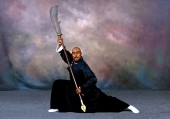 |
Since 2007 we joined the United Ving Tsun Society and we continue under "The Academy" Ving Tsun Kung Fu & Jun Fan Jeet Kune Do |
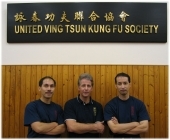 |
| Wong Shun Leung Ving Tsun Kung Fu is one of the best fighting systems. Possibly the most successful fighter and teacher of the past century was Wong Shun Leung, who also played a large role in the growth of Ving Tsun. Wong Shun Leung 08/06/1935 - 28/01/1997 |
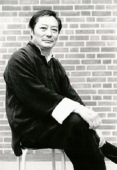 |
The development of Kung-Fu is connected to the region where the different styles finds its origin. In the mountainous northern China, for instance, where the daily life of local residents means that they have strong legs, the styles are focused on the use of legs and feet. In the south, around the rice fields, where the inhabitants by their work or on the water their strong arm muscles developed, the upper body is used in fight techniques. Despite these variations Kung -Fu knows has two streams: * Hard" styles, where the hard, aggressive and powerful side of the Kung-Fu plays an important role; * "Soft" style, characterized by a soft and flexible style of fighting, with more defensive and dodging attacks, before the attack occurs. |
 |
The Ving Tsun practitioner in a combat situation is going as much as possible forward. He puts his opponent under pressure and will not be given space for his techniques. The attacker is thus forced to retreat and Ving Tsun practitioner follows him. Move forward if you are attacked, is one of the major strategic concepts of Ving Tsun. |
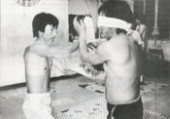 |
It shows the hard training and the power that this training poses.
|
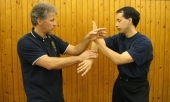 |
Chinese are very, very long time been reluctant to disclose Kung-Fu. Still, many styles of "family property" which, as the term already indicates, only relatives or close friends, learning the techniques of the Kung-Fu style. This is the reason that many styles has been lost and some styles partially diluted. With the death of any master who could not or would divorce his exceptional wealth of knowledge, even to his most trusted students, reduced the total amount of knowledge.
|
 |
Ving Tsun does not look spectacular and it does not have show elements. In principle, Ving Tsun is used only when absolutely necessary. Ving Tsun has no complicated postures and is actually quite simple. It has no complicated techniques and the choreography is not like other Kung-Fu systems. It is a system based on mathematical and physical principles, such as the principle that the shortest path between two points is represented by a straight line. In a combat situation you try always to take the shortest route to the target!
|
| In the Ving Tsun it is extremely important to always move forward. If you are attacked, you will instinctively want to withdraw. If you admit to your instincts, you play your attacker right into their hands, because you're only dealing with your defence. The attacker could thus forget his defence and to continue to focus exclusively on its attack. Defending itself, is actually seen in the Ving Tsun as a negative thing, but this does not mean that no defensive movements. Scrutiny, many of the attacking movements, emit as a defensive force. The old adage that the best defence is formed by the attack is certainly true of Ving Tsun! |
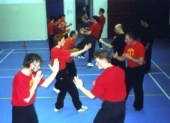 |
Ving Tsun takes great emphasis on taking and holding the "centre line, the imaginary line that connects your breastbone to that of an opponent. An opponent's attack will not be effective if you carry this line remains in good control. This is one of the reasons that a Ving Tsun participant will hold a good elbow in the middle (close to the centreline). You have in this way a good protection against impact to the head and body and you have the advantage that the force of the impact (VT punch) increase with the arms in this position. |
Ving Tsun techniques can be applied while you move forward, backward or sideways. The initial design of Ving Tsun has an extensive and most positive approach, based on forward going techniques. |
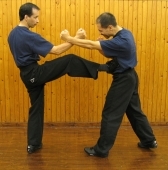 |
When Ving Tsun is practiced you're forced to think positively and move positive. Everything which is negative, does not belong in Ving Tsun! Repel example is perceived negatively. Defensive techniques are difficult to use against agile opponents with rapid exchange of attack angle. Making defensive techniques also lead you away from quickly come in with your attack, so they are the least used. If you are attacked, go ahead if there is an opening and try to come in from the middle. Wait your chance, wondering if there is no gap! And never let your opponent make the first attack!
|
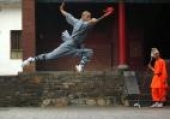 |
Subscribe for a free trial lesson! Hope to see you soon! James & George |
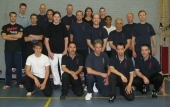 |
Ving Tsun Training |
Chi Sau Training |
